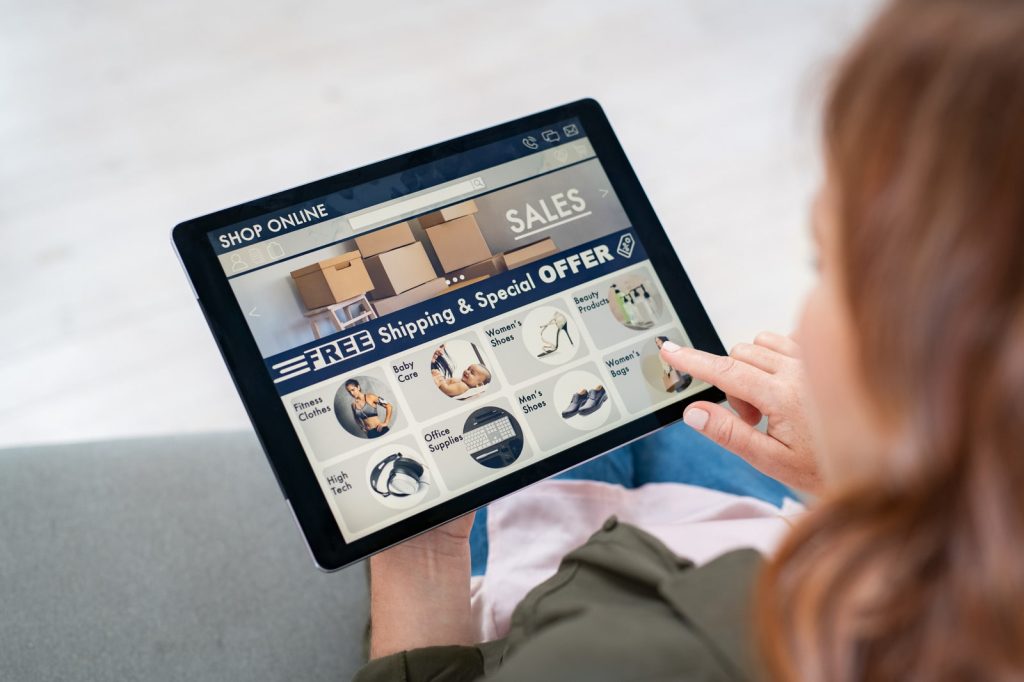If you work in marketing, you probably already know about the 4 Ps of marketing. The four Ps cover the basic elements of marketing a product, and the idea has been around for decades.
For those wondering what are the 4 Ps of marketing, they stand for Product, Price, Promotion and Place. All four of these elements must be considered if you are going to have success selling a good or service.
While the 4 Ps marketing mix is still important, any marketer working today probably sees that there is much more to it than that. Not only do we now have digital marketing, but many of the conventional ideas have changed a lot in this new century of marketing.
In this post, we are going to cover the traditional 4 Ps of marketing and consider some of the ways they fit in the modern marketing landscape.








